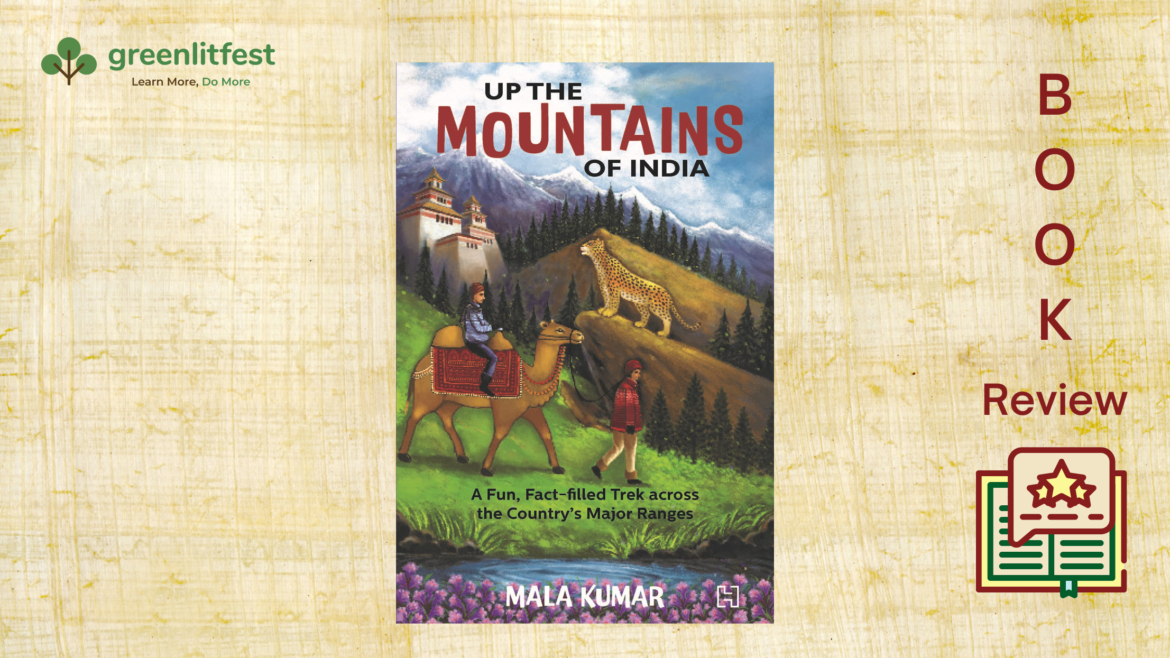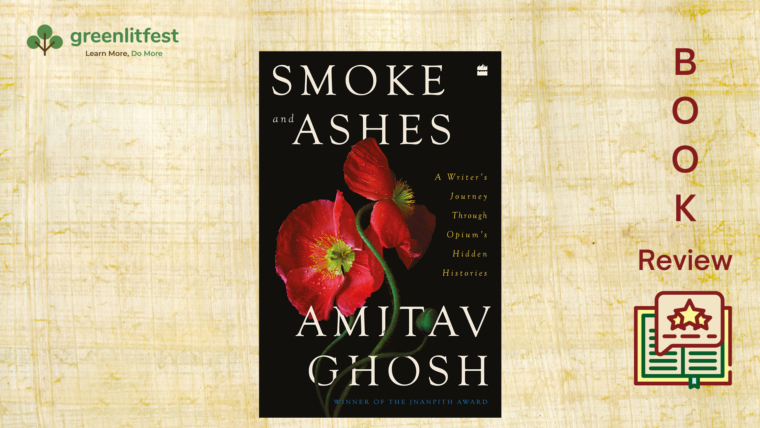Mountain Mania
Although I enjoy reading non-fiction, I may not have voluntarily picked a book on mountains, deeming it too dull. But Up the Mountains of India by Mala Kumar is far from boring.
Written in a light and engaging tone, it is an excellent primer on the geography of mountains in India. The book begins with an introduction on how mountains are formed and then takes readers on a tour through various ranges in the country. When it comes to mountains, the Himalayas and the Western Ghats enjoy so much attention that it’s easy overlook the fact that India has several other fascinating ranges with their unique geography and stories. For instance, I was intrigued to learn about the Phuktal monastery in the Zanskar range where the Hungarian historian Alexander Csoma de Koros compiled the first English-Tibetan dictionary.
Each chapter is a geographical narrative, interspersed with black-and-white images, illustrations, boxes and trivia. I found the placement of the trivia text somewhat distracting, as it often came in the middle of an ongoing narrative and broke the flow of reading. I also felt that the heading font could have been better and the front cover, a little less busy and more to the point. The choice of the leopard and Bactrian camel in the foreground is unusual, but it does not convey a comprehensive sense of what this book offers. Indeed, unaware readers might be stumped to find a camel on the cover of a book on mountains!
Mountain ecology has close ties to the environmental history of India. Unsustainable development in fragile mountain ranges has unleashed a plethora of disasters and spurred one of the earliest and most renowned people’s movements in independent India – the Chipko Andolan. I felt that the book could have woven this aspect into its narrative to emphasise the pressing need to conserve this geography. However, the focus of the book appears to largely be physical geography with rich accounts of natural history.
Overall, this is a vital supplementary reader for curious young minds learning about and interested in mountain landscapes in India. It is most certainly a book meant for all school libraries keen to build a comprehensive collection of learning resources.
By Meghaa Gupta



